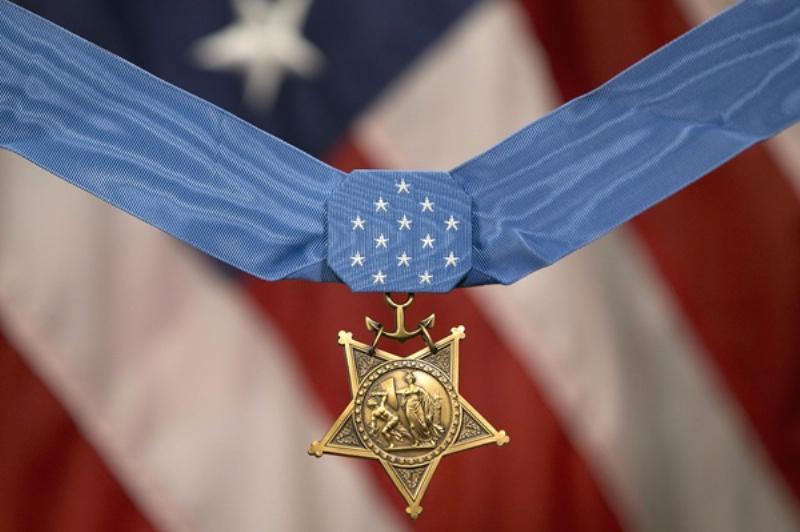


On November 5, 2009, during the horrific Ft. Hood mass shooting, Specialist Frederick Greene did what heroes do: He charged into gunfire to protect his fellow soldiers. He paid the ultimate price — struck twelve times by bullets from Major Nidal Hasan’s FN Five-seven pistol, including fatal wounds to the chest and head. Despite his courage and sacrifice, Greene has received neither the valor award his actions warrant nor full recognition of the battlefield on which he died. Instead, the federal government and Army command buried the truth beneath a politically motivated euphemism: “workplace violence.”
The events of that day are widely recognized. Major Hasan, an Army psychiatrist with increasing Islamist radicalism and ties to al-Qaeda-linked cleric Anwar al-Awlaki, shouted “Allahu akbar!” and opened fire inside a crowded deployment processing center. In just minutes, thirteen people were killed, and over thirty were injured. However, within days, the Obama administration’s narrative took shape: This was not terrorism. It was “workplace violence.”
This rhetorical dodge did more than insult the victims; it deprived them of military honors, benefits, and the truth. Combat injuries were transformed into administrative casualties. Heroism was buried under bureaucracy. And in the case of Specialist Frederick Greene, a modern-day charge into the jaws of death was reduced to a footnote.
But Greene’s actions deserve recognition. Multiple eyewitnesses and the forensic autopsy confirm what many survivors already knew: Greene did not run or hide. He moved forward. Like many Medal of Honor recipients throughout American history — those who jumped on grenades, who drew fire to save others — Greene showed the kind of bravery that has long been the standard for military valor awards.
His actions closely resemble those of Medal of Honor recipient Cpl. Jason Dunham, who covered a grenade with his helmet and body. He was rightly honored. But Greene? He remains without even a Silver Star.
It wasn’t until 2015 — six years later — that victims were finally awarded the Purple Heart, thanks in part to the tireless advocacy of Rep. John Carter and others. Even then, the process was hindered by resistance. The Department of Defense fought hard to uphold the “workplace violence” claim until Congress forced its hand. As late as 2014, bureaucrats denied the Purple Heart because the attack did not meet criteria for combat-related awards. Never mind the ideology, never mind the terrorism link, never mind the dead.
But a Purple Heart is not enough for Greene. His conduct in those final moments — rushing toward the gunman, drawing fire away from his fellow soldiers — is textbook gallantry under fire. The autopsy’s grim tally of twelve gunshot wounds tells a harrowing story of defiance and bravery. Not only was he hit repeatedly, but he remained upright and in motion for long enough to take rounds across his torso, arm, leg, and head.
This is not “workplace violence.” This is combat.
It’s long overdue for the Army to properly recognize him. The secretary of the Army and secretary of Defense should recommend Specialist Frederick Greene for a Silver Star or higher. This to restore honor to a man who exemplified the best qualities our soldiers are trained to uphold: protecting others, even at the risk of their own lives.
Some men jump on grenades. Some men run into gunfire. There are men who, in their final moments, define courage for the rest of us. Frederick Greene was one of them. America should recognize that.
Kevin Mason is a retired Army infantry officer living in East Tennessee. His former boss sat on the jury at Major Hasan’s court-martial and recounted the story of a soldier who charged at Major Hasan. Years later, he learned it was fellow East Tennessean Specialist Frederick Z. Greene.

Image via Defense.gov.
